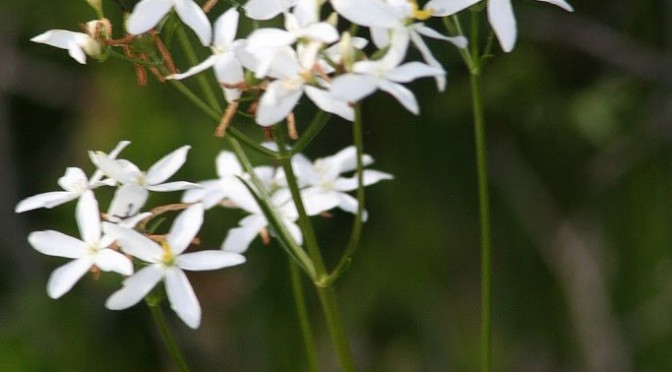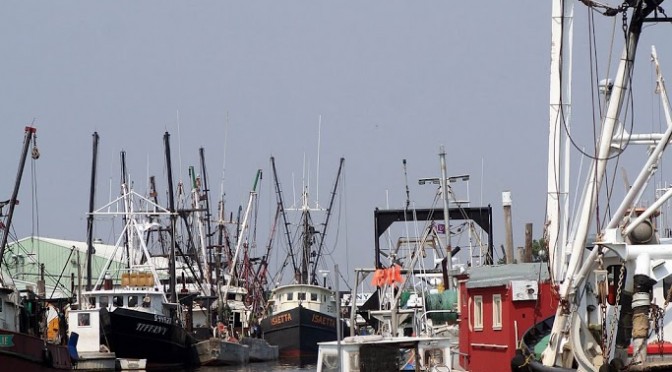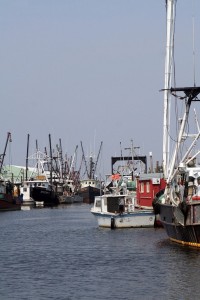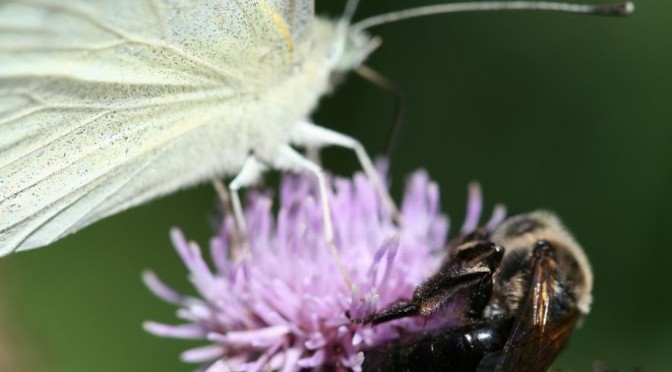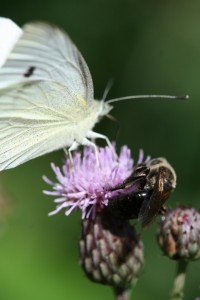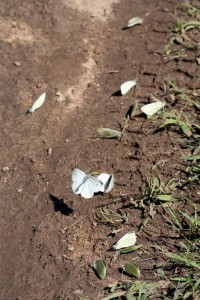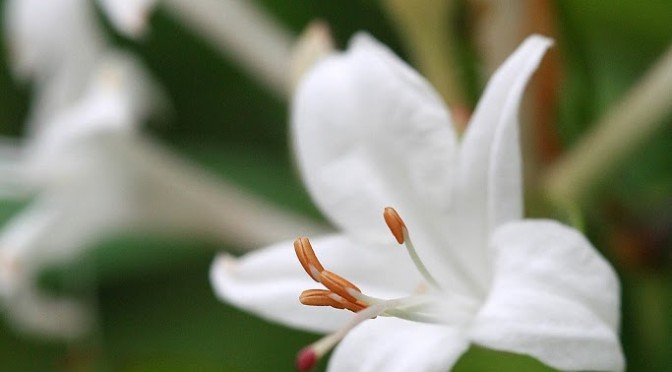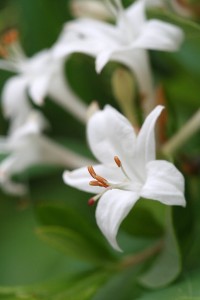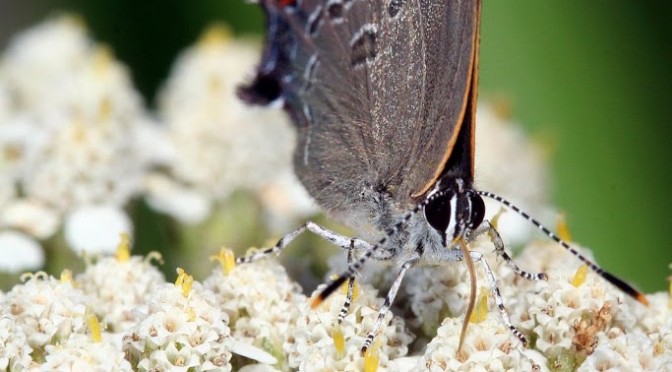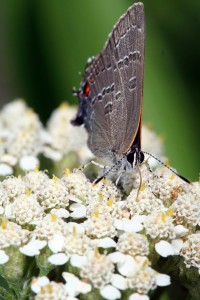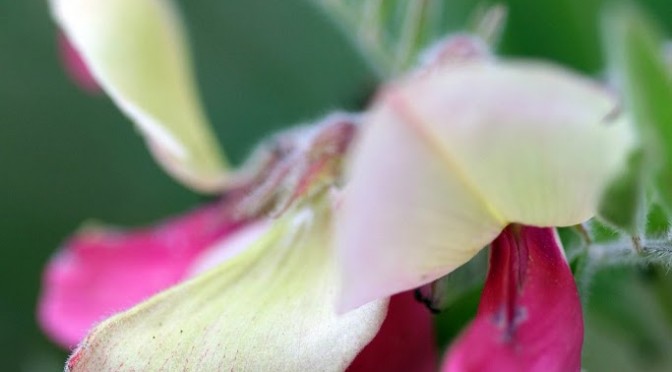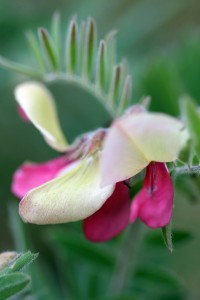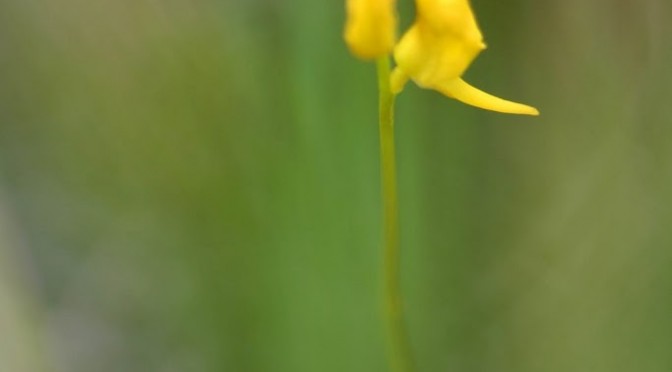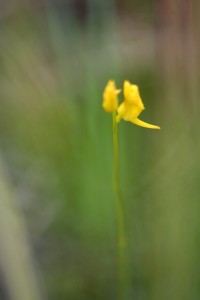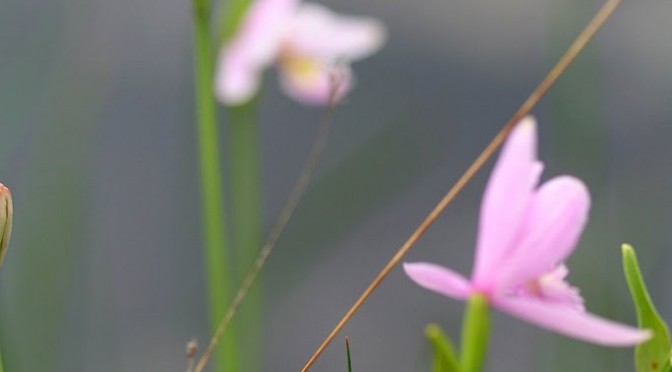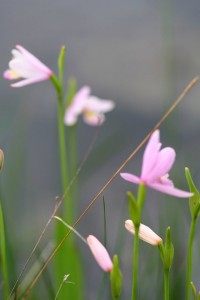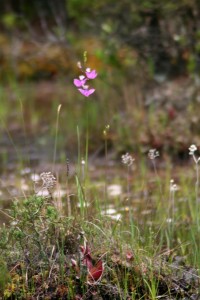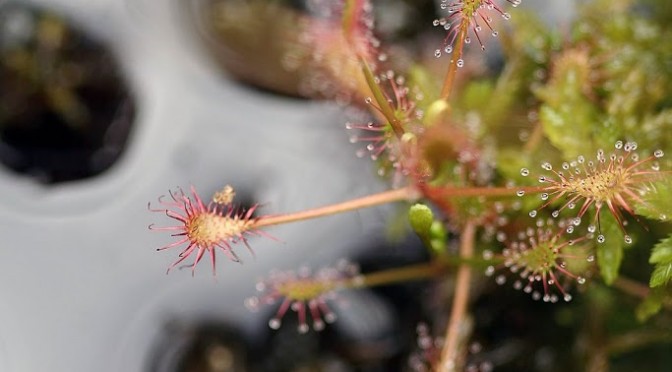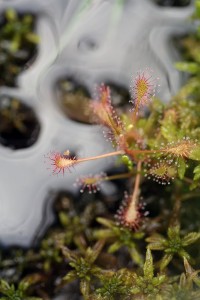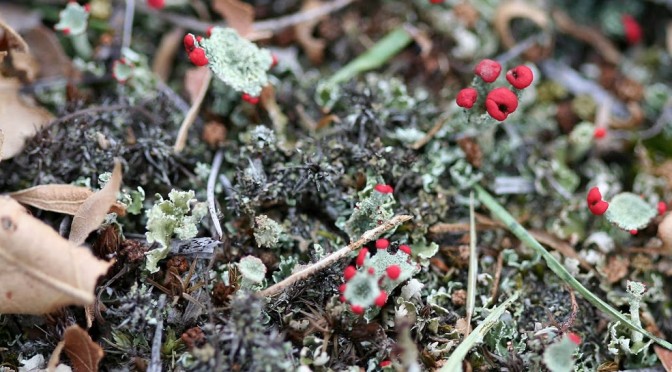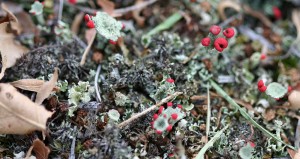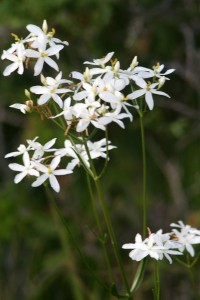 I’m hoping maybe Patrick or someone else may be able to help me sort this one out, found today at Webb’s Mill Bog in the Pine Barrens. I had thought it might be False Asphodel, but that’s not it.
I’m hoping maybe Patrick or someone else may be able to help me sort this one out, found today at Webb’s Mill Bog in the Pine Barrens. I had thought it might be False Asphodel, but that’s not it.
We drove halfway to Philly almost to visit an arboretum on the grounds of a retirement community. I was mostly interested in the courtyard gardens, private patio gardens, and the wildflower meadows, but there was also a Pinetum (with native and exotic plants), a collection of rhododendrons, an experimental planting of chestnut trees, and 55 acres of natural woodlands. The wildflower meadows were a disappointment as there were no butterflies (not much was blooming), but the courtyard gardens were very pretty. Maybe when I’m old and gray I’ll find a place like that to live. My husband was ready to find a place there today after I made him traipse through the woods for a few hours. Poor guy; his knees are bad and he’s not one for walking much.
On our way back we stopped my Webb’s Mill to see what was blooming. There were l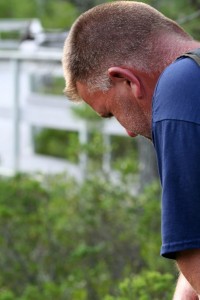 ots of those white mystery flowers and the bladderworts were blooming everywhere. We had the place to ourselves; that’s a first as the last few visits to the bog have been pretty crowded. I’m not sure what else I can expect to find blooming later in the summer, but it’s always worth a visit when I’m in the area. I’m not sure how interested the DH was in the odd bog plants, but he pretended well. He’s a good sport.
ots of those white mystery flowers and the bladderworts were blooming everywhere. We had the place to ourselves; that’s a first as the last few visits to the bog have been pretty crowded. I’m not sure what else I can expect to find blooming later in the summer, but it’s always worth a visit when I’m in the area. I’m not sure how interested the DH was in the odd bog plants, but he pretended well. He’s a good sport.
